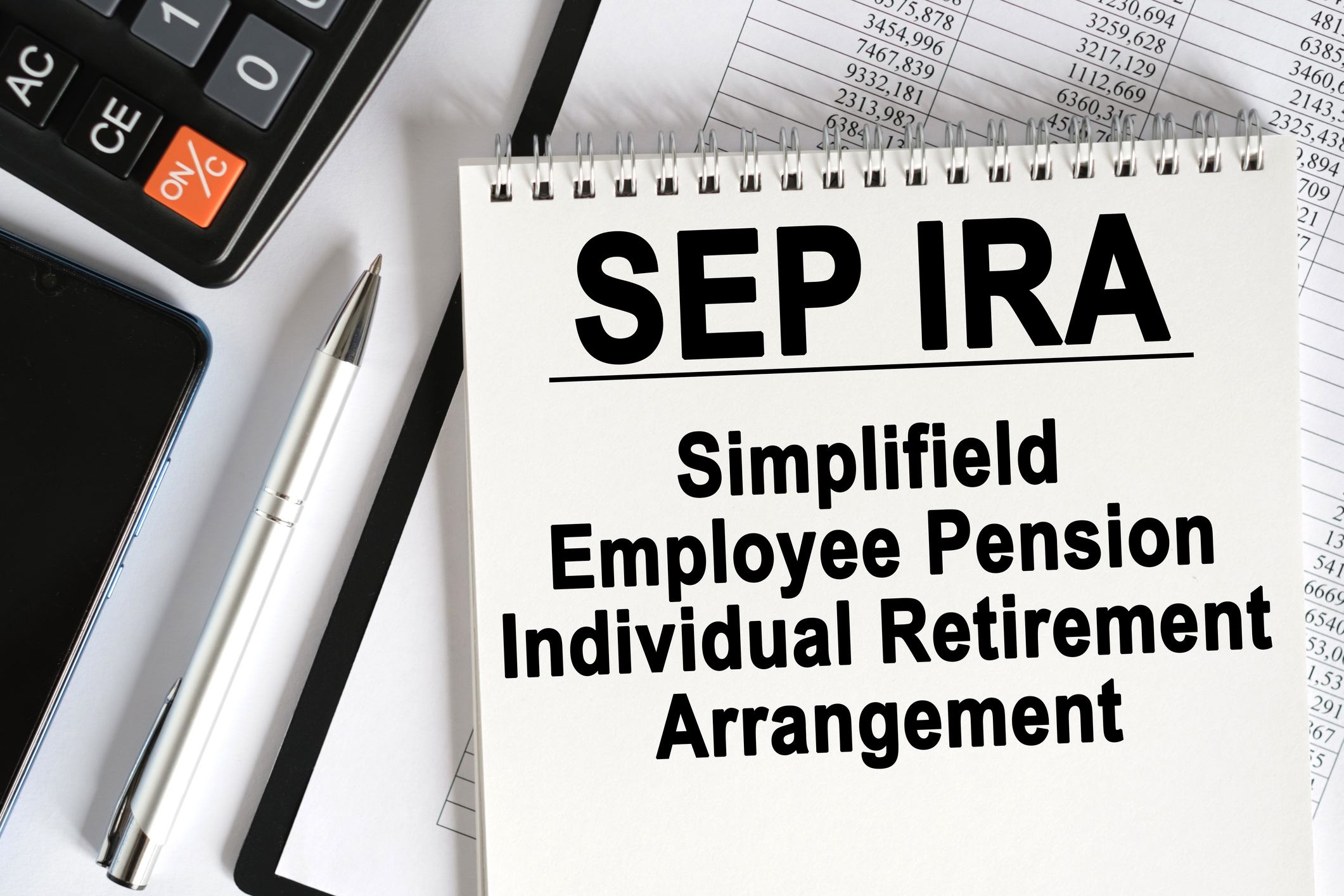By Kevin McCormally
Now that Congress has made the Roth 401(k) permanent, more firms are offering employees the option to take their retirement-saving tax break later rather than sooner. Despite the growing popularity of the Roth 401(k), it's not right for everyone.Contributing to a Roth means giving up the traditional 401(k)'s immediate break of depositing pretax money. After-tax money goes into the new breed of 401(k), and the money comes out tax-free when it's withdrawn in retirement. With a traditional plan, all withdrawals are taxed in your top tax bracket.
James Lange, author of Retire Secure!: Pay Taxes Later -- the Key to Making Your Money Last as Long as You Do (Wiley, $25), is an unabashed fan of this new breed of 401(k), although he usually supports postponing taxes.
From just $107.88 $24.99 for Kiplinger Personal Finance
Become a smarter, better informed investor. Subscribe from just $107.88 $24.99, plus get up to 4 Special Issues

Sign up for Kiplinger’s Free Newsletters
Profit and prosper with the best of expert advice on investing, taxes, retirement, personal finance and more - straight to your e-mail.
Profit and prosper with the best of expert advice - straight to your e-mail.
"With the Roth 401(k), I look at it as paying tax on the seed -- the contribution -- and reaping the harvest income tax-free," he says. "With the regular 401(k), you get a tax deduction on the seed but pay tax on the entire harvest." In most cases, you (and your heirs) will come out ahead with the Roth.
But Lange sees two situations when you should stick to the traditional 401(k). First, he says it makes sense to forgo the Roth if you're in the 33% or 35% tax bracket now and expect to fall into a lower bracket in retirement. Why pass up a tax break worth 33 cents on a dollar now to avoid a tax bill of 15 cents or 25 cents on the dollar a few years down the road?
Also, if the money will go to charity, you should take the traditional plan's up-front tax break. "Charities don't care in what form they get their money, because they do not pay income taxes," he notes.
If a charity will be a beneficiary of your traditional 401(k) -- or subsequent IRA rollover -- you'll save taxes on your contribution and the charity won't pay tax on the distribution.
Profit and prosper with the best of Kiplinger's advice on investing, taxes, retirement, personal finance and much more. Delivered daily. Enter your email in the box and click Sign Me Up.
-
 Nasdaq Leads as Tech Stages Late-Week Comeback: Stock Market Today
Nasdaq Leads as Tech Stages Late-Week Comeback: Stock Market TodayOracle stock boosted the tech sector on Friday after the company became co-owner of TikTok's U.S. operations.
-
 Disney’s Risky Acceptance of AI Videos
Disney’s Risky Acceptance of AI VideosThe Kiplinger Letter Disney will let fans run wild with AI-generated videos of its top characters. The move highlights the uneasy partnership between AI companies and Hollywood.
-
 Ask the Editor: Itemized Deductions
Ask the Editor: Itemized DeductionsAsk the Editor In this week's Ask the Editor Q&A, Joy Taylor answers questions on itemized deductions claimed on Schedule A of Form 1040
-
 9 Types of Insurance You Probably Don't Need
9 Types of Insurance You Probably Don't NeedFinancial Planning If you're paying for these types of insurance, you may be wasting your money. Here's what you need to know.
-
 Amazon Resale: Where Amazon Prime Returns Become Your Online Bargains
Amazon Resale: Where Amazon Prime Returns Become Your Online BargainsFeature Amazon Resale products may have some imperfections, but that often leads to wildly discounted prices.
-
 457 Plan Contribution Limits for 2026
457 Plan Contribution Limits for 2026Retirement plans There are higher 457 plan contribution limits in 2026. That's good news for state and local government employees.
-
 Medicare Basics: 12 Things You Need to Know
Medicare Basics: 12 Things You Need to KnowMedicare There's Medicare Part A, Part B, Part D, Medigap plans, Medicare Advantage plans and so on. We sort out the confusion about signing up for Medicare — and much more.
-
 The Seven Worst Assets to Leave Your Kids or Grandkids
The Seven Worst Assets to Leave Your Kids or Grandkidsinheritance Leaving these assets to your loved ones may be more trouble than it’s worth. Here's how to avoid adding to their grief after you're gone.
-
 SEP IRA Contribution Limits for 2026
SEP IRA Contribution Limits for 2026SEP IRA A good option for small business owners, SEP IRAs allow individual annual contributions of as much as $70,000 in 2025, and up to $72,000 in 2026.
-
 Roth IRA Contribution Limits for 2026
Roth IRA Contribution Limits for 2026Roth IRAs Roth IRAs allow you to save for retirement with after-tax dollars while you're working, and then withdraw those contributions and earnings tax-free when you retire. Here's a look at 2026 limits and income-based phaseouts.
-
 SIMPLE IRA Contribution Limits for 2026
SIMPLE IRA Contribution Limits for 2026simple IRA For 2026, the SIMPLE IRA contribution limit rises to $17,000, with a $4,000 catch-up for those 50 and over, totaling $21,000.